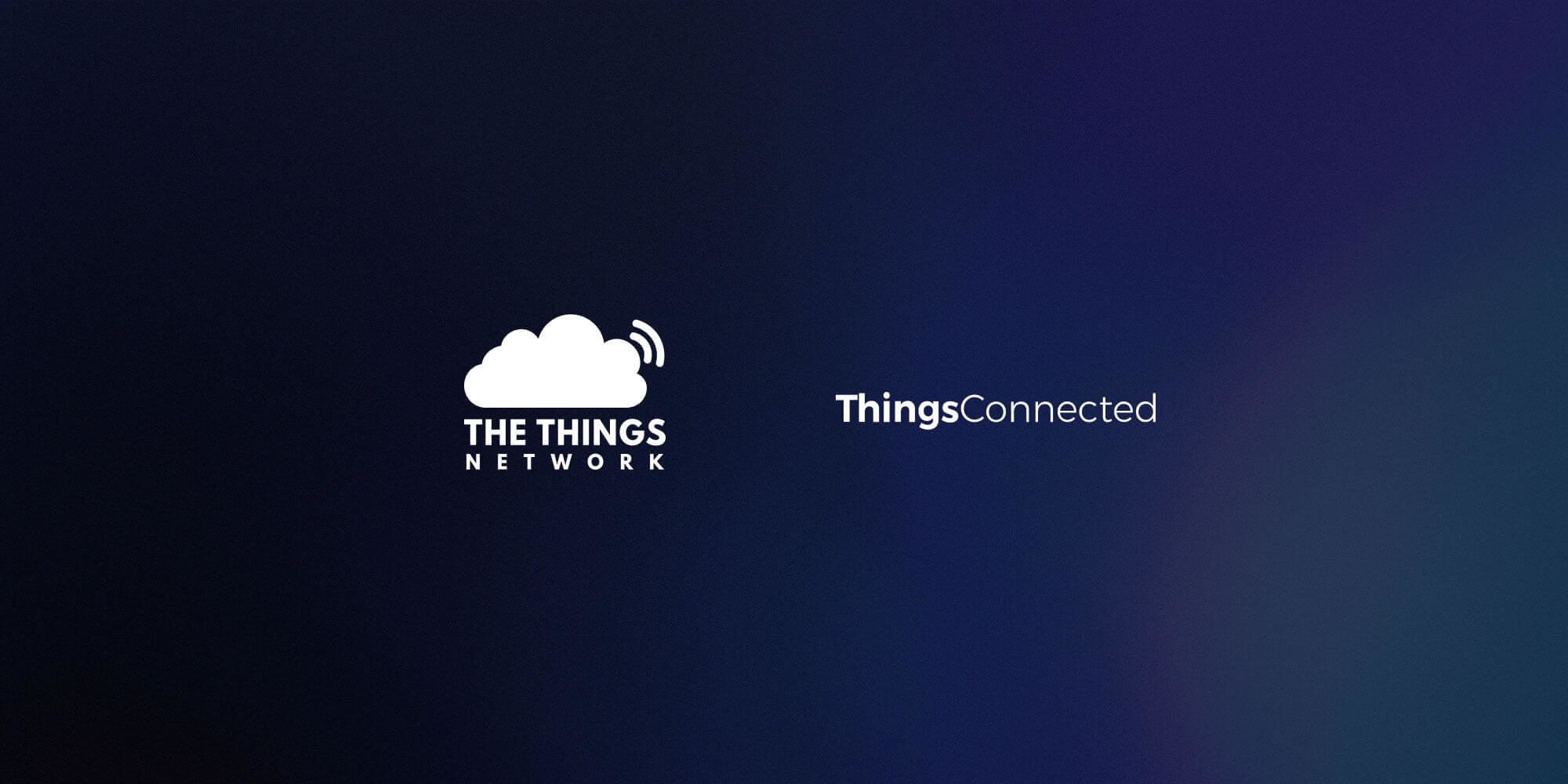Building the UK’s largest IoT data network
Posted 7 Aug 2018
The internet of things (IoT) is a beautifully simple idea; interconnected physical items that improve the quality of our lives. More than just phones and laptops, smart homes, connected vehicles, smart cities and even connected healthcare will work in harmony to create a truly connected world.
The start: a need for IoT innovators in the UK
IoT took a massive step into the mainstream back in 2015 with the introduction of a new technology called low power wide area networks (LPWANs). This sounds similar to other communication networks (Wifi or 4G for example) but the ‘Low Power’ part is absolutely critical. It allows smart devices to talk to each other with minimal battery usage, and it made many incredible IoT products and services viable very quickly. You can design the fastest and widest connection but if the battery dies too soon because Bluetooth or WiFi are too power-hungry, then you’ve fallen at the first hurdle.
And so, in the evolution of communication technology, the low powered networks were seen as an absolutely essential next step. But there was still another problem – you can have the strongest battery but if your network only extends as far as your garden, can you really call it a network?
Simply put, a network is only as good as its coverage and as long as it lasts.
At Digital Catapult, we’re working to address this problem. We made the first step into the world of LPWAN in 2015; we wanted UK entrepreneurs and businesses to have access to this technology for testing and experimentation, to actually see their ideas come to life in a real-world setting.
Things Connected
With that in mind we turned our London HQ rooftop into a testing platform and spun-up a small network to transmit data between connected devices without internet. To get started quickly, we connected the gateway to The Things Network (TTN), an initiative that started successfully connecting thousands of devices in Amsterdam in 2015. Even though back then we initially settled on a different network server to develop our Things Connected initiative, the bootstrapped open source LoRaWAN™ server provided by TTN was great to start with.
Britain is open and ready to innovate with the IoT
Over the next few years this small network, which started with only 50 LoRaWAN base stations across London, received a great response from different sectors by demonstrating its fantastic capabilities free of charge. We expanded its coverage to include areas in Northern Ireland, The North East, Bradford, Cambridge, Guildford and Milton Keynes. We also struck partnerships with various city councils in Northern Ireland, Northern Gas Networks, and the Northumberland National Park. Now, it has more than 800 users, is comprised of 150 gateways and runs a series of innovation support programmes that utilise and support the network and promote its effective use.
Creating the UK’s largest LPWAN network deployment and innovation community
By seeing how many innovators and entrepreneurs across the country were expressing interest in this technology, we realised that Things Connected had a potential to turn into something bigger.
In spring 2018 the two well-established LPWAN initiatives in Britain – TTN and Things Connected – decided to join forces and create the nation’s largest free-to-use LoRaWAN network deployment and innovation community. It brought 63 local TTN communities together with Things Connected regions, providing greater resilience, better availability and lower latency for IoT apps and services.
This partnership strips barriers to collaboration and fragmentation between two parallel networks by joining these complimentary groups of users together. Digital Catapult is in the process of migrating its existing network and users onto this new combined network of over 400 base stations. This creates a single platform for public LoRaWAN connectivity in the UK with common application programming interfaces (APIs) for developers to get their ideas into testing faster and with less friction.
This expansion will lead thousands of UK innovators to deploy LPWAN solutions more seamlessly and let companies build, demonstrate and test their services and apps over large parts of the UK. Furthermore, our users can now extend network coverage where they need it, for themselves and other users of the network. Finally, since TTN nodes are available across six continents, it will allow UK businesses to grow their services on a truly global scale. This really is an incredible leap forward.
But how did it happen?
Things Connected wasn’t the only network growing its community in the country. In parallel to Digital Catapult’s activities, TTN was another great initiative growing and making significant strides in terms of technology maturity all over the world. TTN’s roughly 4,400 gateways are used by over 45,000 developers and has more than 60 UK communities with over 250 LoRaWAN gateways connected by both individuals and companies. The network is processing close to five million LoRaWAN messages daily.
Next to doing all these amazing things, TTN also shares a vision of ubiquitous IoT coverage; the belief that an abundance of LPWAN connectivity will trigger incredible growth in the UK IoT innovation and will make the country a hotbed for world-changing ideas and services.
Merging the two networks into one will fuel further collaboration and take a step forward to make the UK a world leader in low powered networks.
- Check coverage in the UK of the combined networks here: https://www.thethingsnetwork.org/map
- Create your first IoT application on the TTN/Digital Catapult console here: https://console.ttn.thingsconnected.net
- Check out Digital Catapult news and programmes on IoT here: https://www.digicatapult.org.uk/projects/things-connected
- Find gateways and devices to build your network and applications on the TTN Marketplace: https://www.thethingsnetwork.org/marketplace
- Access the learning environment with docs on gateway configuration, APIs, device management and LoRaWAN in general here: https://www.thethingsnetwork.org/docs
This blog has been written in collaboration with Alex Overtoom, Head of Business Development, TTN